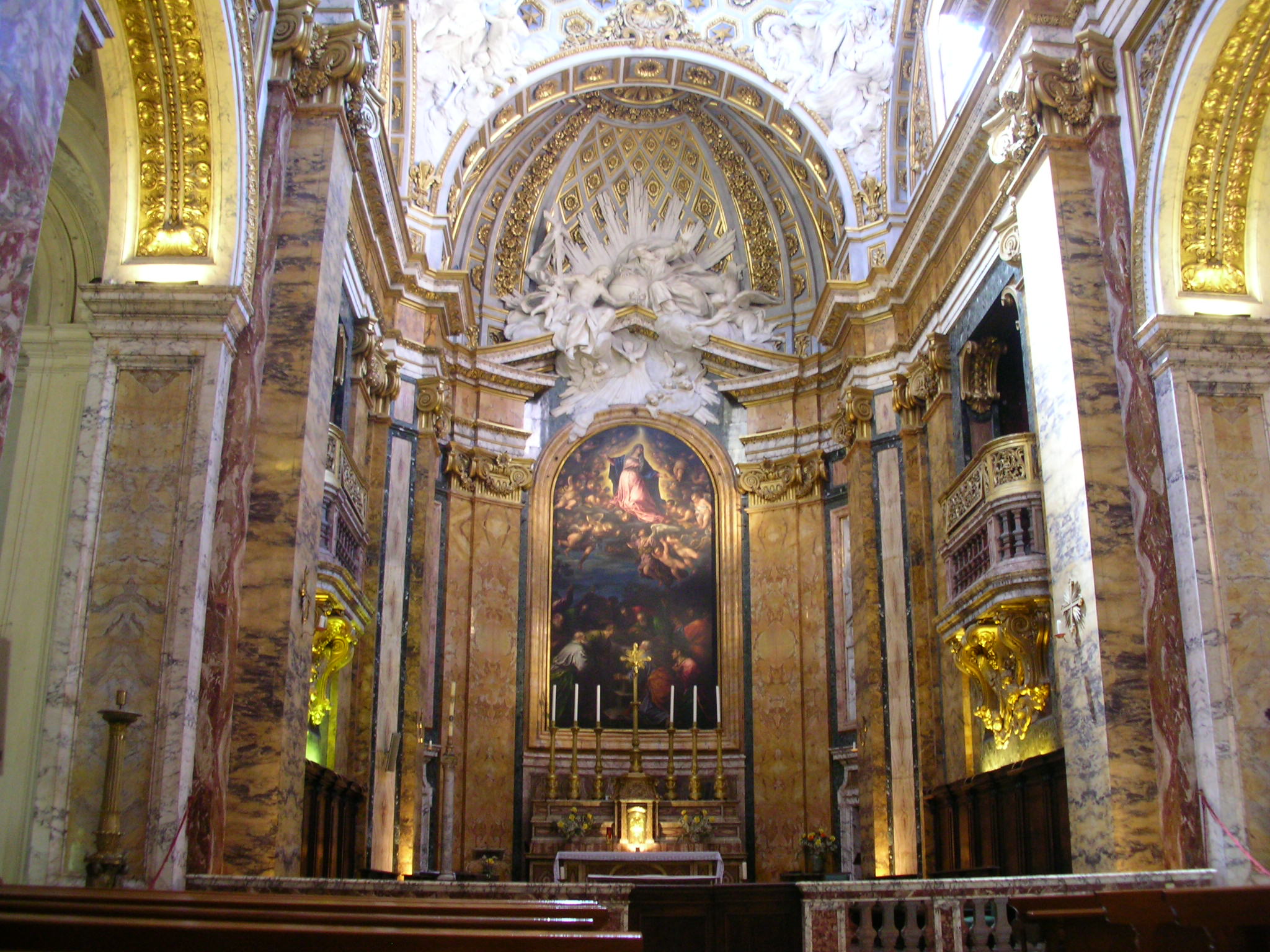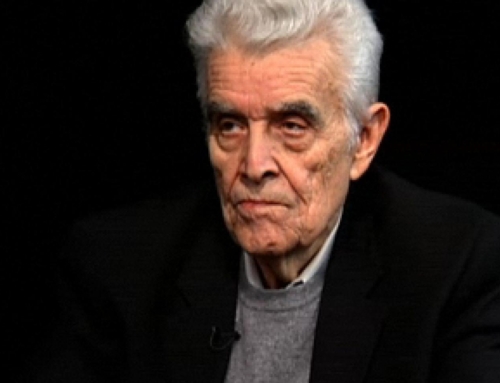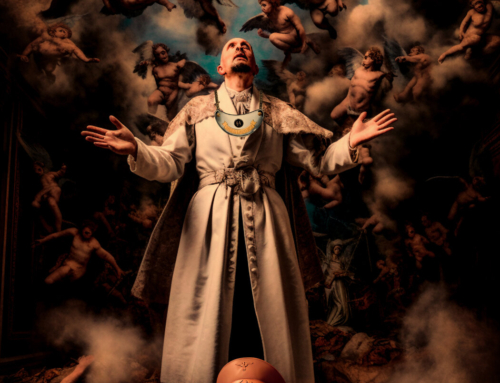Visit a church in Rome and you be confronted with the Baroque. When you come into a church like San Luigi dei Francesci (pictured here) or any number of other churches you are hit with what first seems to us in our barren age–totally over the top extravagance. Huge angels lean over the billowing clouds of heaven. Cherubs cavort on clouds that look like cotton candy. Gold drips from every cornice. Marble adorns every wall. Colorful frescoes fill the empty spaces with passion, pathos and exuberance.
“Really?” we are prone to say? The Judas in us says, “This money should have been used to help the poor.” We might chortle, “This is just what the Reformation was all about! We wanted to get rid of all this waste, all this idolatry, all this profligacy.”
But when you stop and put your bias and ignorance aside and begin to understand the Baroque it falls into place and you might just begin to appreciate it for what it is–not what you think it is.
The Baroque actually comes after the Reformation. It is an expression of the Counter Reformation–especially in Rome. What is it saying? It is saying, “Worship if you must in a bare barn, a former supermarket, an abandoned store front or a rented trailer. Have your Bible studies and your bare bones music, your pastor dressed in jeans and your bottom line, lowest common denominator religion. We will have it all.”
Study the Baroque churches next time you get a chance and see what the architecture and art is saying. Do you see how the angels draw back a curtain here or lift up the clouds there? Do you see their facial expressions? They are either joyful or solemn or both. And what do they reveal? It is heaven. The clouds are parting. The veil in the temple is torn apart and you may enter through the sacred mysteries to the joy of heaven. Baroque is saying, “For a moment step out of the dreary world outside and step into this great drama. The curtain is lifting. The veil between this world and the next is very thin here. Step for a moment into glory.
The church of San Luigi de Francesci is just one of many Baroque masterpieces in Rome. Look at the picture here of the sanctuary of the church which expresses the Assumption of the Blessed Virgin into heaven. Enlarge the picture– you need to see it clearly. See how the painting on the East Wall actually merges into the sculpture and architecture above it. The clouds and sculpture of the Holy Trinity actually burst through the architectural features of the church to receive the Blessed Mother. Her son has the crown waiting, just waiting for her. The Father, in a gesture of blessing seems excited to see his favorite daughter second Eve come home. The Holy Spirit dove is just below as if he is the one who is facilitating this glory.
See the theology expressed here. In any action all three persons of the Holy Trinity act. The Son crowns his mother. The Father blessed. The Holy Spirit empowers.
If you wander through a Baroque church you will see countless expressions of our faith. Filled with exuberant awe, filled with abundant life, filled with inspired artistry, filled with joyous wonder.
And yet, on a visit to Rome the churches are filled with tourists, and that is okay. It is good that so many see the glories of the Catholic Church. But how many of the grasp even a fraction of what is going on? They snap away with their smart phone cameras for a moment then perhaps they seek out the famous painting the guide told them to go and see. It is good that they see it. It is good that it registers for a moment of curiosity or even wonder, but how many are told the full story? How many would have a brilliant art historian and Catholic like Elizabeth Lev to lead them through and explain the gospel as it is laid out in such brilliance and such beauty?
I don’t know if there in apostolate in Rome that evangelizes through art, architecture and history, but wouldn’t it be grand if there were an order of Catholics whose sole mission it was to give tourists evangelical tours of all the great sites in Rome? Wouldn’t it wonderful if a group of Evangelical Catholic tour guides gave the tours not only giving all the factual information, but also explaining the gospel story that the paintings, sculpture, monuments, ruins and architecture proclaim? Once again in visiting Rome I’m impressed with the huge crowds of tourists…all of them agape and in awe of what they are seeing.
Perhaps there is such an apostolate and I haven’t heard of it. If so, may God bless it, if not… there should be one.







Leave A Comment
You must be logged in to post a comment.